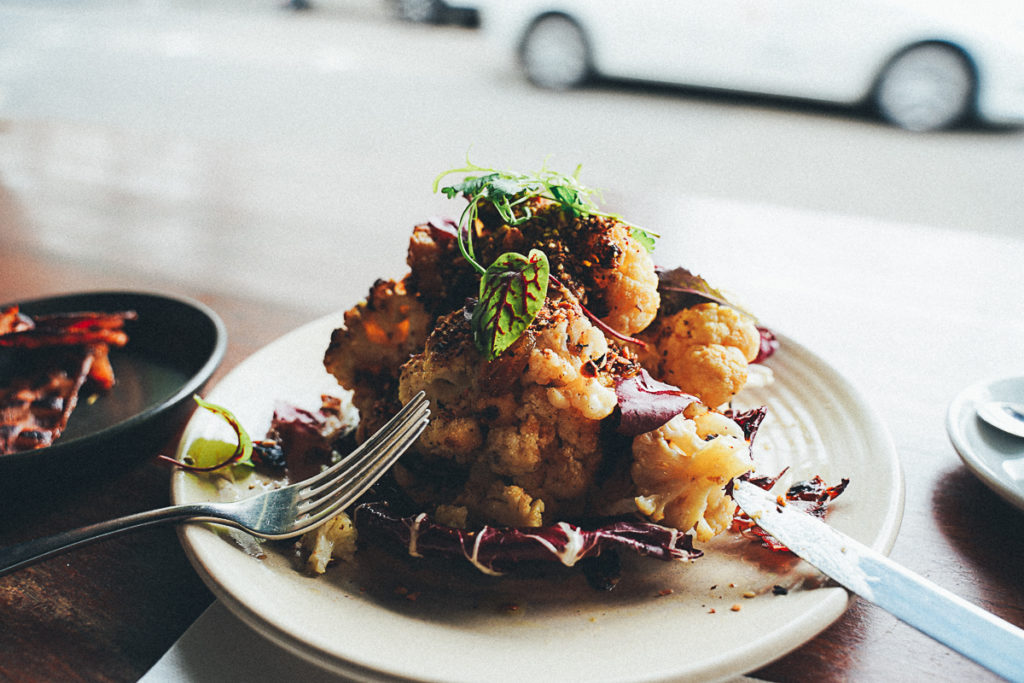When you’re juggling study and work commitments, maintaining a healthy diet can be challenging. Doing it on a student budget, stuck at home, in the midst of a global pandemic…well, you might be wondering where to start! Check out these nine helpful tips to help you eat well on a budget.
1. Plan your meals
Changing your eating habits is going to take time, patience and planning. Start by making a realistic and flexible food budget based on your grocery expenses in the last month. Tracking your recent food expenses will show you where you can cut costs and help you make a budget-friendly, nutritious meal plan.
Setting aside time each week to plan your meals is fundamental; you may like to cook and freeze your meals for the week or make a list of recipes to cook each day. Play with different meal plans, focusing on recipes that are quick, easy and nutritious. Make sure to check your pantry for any unused ingredients you can incorporate into your meal plan.
2. Learn to cook
It may seem obvious but learning to cook can be challenging for many students. Having some basic cooking skills will save you from eating out or ordering in, and help you track exactly what’s in your meals. Cooking is also a fun, relaxing activity that benefits your mental wellbeing as much as your physical health!
Start with easy recipes with few ingredients and build up your skillset slowly. You could even find a cooking buddy; cooking with a friend is a great way to make learning fun and stay social when studying from home.
3. Focus on whole foods
A diet of real, unprocessed food is the cornerstone of a healthy lifestyle. While dietary advice can be varied, you can guarantee that eliminating processed foods will do wonders for your wellbeing. Build your meals around plenty of fruits, vegetables, wholegrains, nuts and lean meats (or meat alternatives), to ensure you’re getting the essential nutrients for your brain and body to thrive. Not only will your health improve, but you will also cut costs on unhealthy treats and snacks.
4. Use your grocery list
When chocolate, chips and soft drinks are on display in every aisle, it’s easy to get distracted at the grocery store. While processed junk food is tempting, it’s also expensive, unhealthy and won’t keep you full for long. Stick to the items on your grocery list and avoid aisles you don’t need to be in. Grocery stores place expensive items at eye level, so check the top and bottom shelves for cheaper brands.
5. Try generic brands
Buying generic brands doesn’t mean sacrificing the quality of your food. Try comparing the labels of your favourite brands with the generic version – chances are, there isn’t much difference! Swapping to cheaper brands means you can slash your grocery costs in the long run, while enjoying the same tasty, healthy ingredients.
6. Cut back on meat
Choosing vegetarian food alternatives not only supports the environment but will also save your bank account. Meat alternatives such as beans, legumes, tofu, eggs and nuts are cost-effective, easy to prepare, and full of important nutrients to support your overall wellbeing. Healthy vegetarian diets are also low GI and full of fibre, meaning you’ll stay fuller for longer and avoid snacking on expensive, sugary treats.
Before making any major dietary changes, make sure to check in with your doctor. Do plenty of research into safely replacing your meat intake and incorporate nutritious alternatives into your meal plan.
7. Shop for produce seasonally
When you’re stocking up on fruits and vegetables, make sure to shop seasonally. In-season items are tastier, more nutritious, and much cheaper than produce shipped internationally. By avoiding food transported from abroad, you’ll also be helping to save the planet; purchasing produce grown locally is even more beneficial! If you know your favourite fruits and vegetables are going out of season, try buying them in bulk and freezing them.
8. Check for sales
Planning your meals around sale items is a great way to cut costs at the supermarket. Check out any marked down items online before making your grocery list and try to incorporate these ingredients into your recipes. If you notice any of your staple items on sale, buy them in bulk and either store or freeze them; just make sure they won’t go off, and try not to spend more than you can realistically afford.
9. Go for healthier takeaway
Takeaway food is a student diet staple, but that doesn’t mean you have to sacrifice your health for flavour. When you’re ordering in, see if you can opt for healthier choices. Some of the healthiest takeaway options include sushi, light soups, salads, thin-crust pizzas, and anything steamed or grilled rather than fried or deep-fried.
Medibank has a range of healthy (and easy) recipes to help get you started. Check them out and happy cooking!






